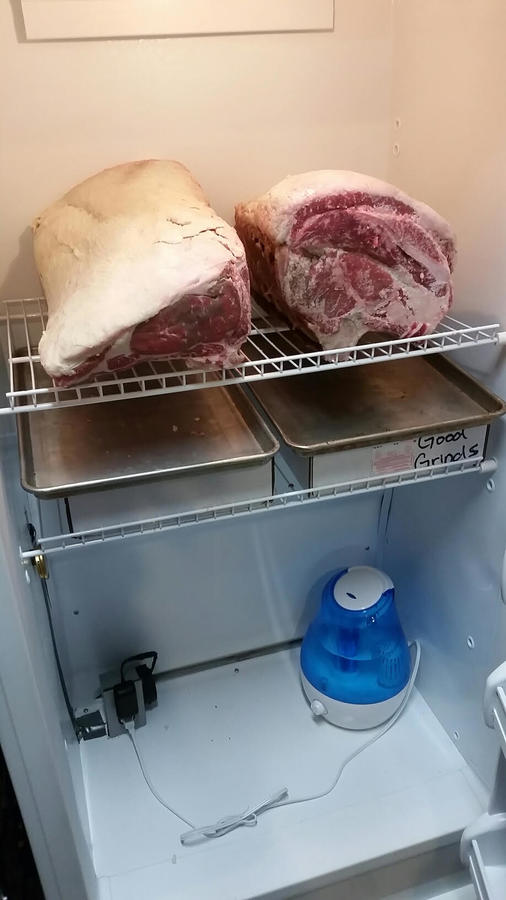It seems 45 days is the standard. 30 days is for commercial, yes. I imagine there are certain marketing reasons for that- such as diminishing returns the longer it ages...
I am just in the infant stage of experimenting with dry aging beef, so I cant really give you any solid advise on anything other than what I have read or regurgitating other members experience.
Mr T has a lot of documentation on this subject and his experience with it here on the forum. I definitely found good insight on what you are asking about.
I am reading into this a bit, but if you are asking about how to minimize loss, I have drawn a couple of conclusions so far.
- First you need to accept a significant amount of loss simply in water weight. You want this as this is part of the "intensifying" effect you are after
- Two- Trimming is inevitable and a fact of dry aging. How much of it will depend on the depth of surface mold and your choice of what you consider "icky". Really, you could just shave the very outer skin off.
Three- Yes, if you start with a bone-in roast and it is untrimmed, you could technically end up with more of a final yield than a boneless pre-trimmed roast. However, you would be starting and paying for more (by weight) to begin with that you must count that you will dispose of anyway and the percentage of loss is naturally going to be more with a bone in roast. Do they offset each other? Maybe... You are definitely gong to have more total waste with a bone in.
Incidentally, there was a post in my FB feed yesterday about a restaurant (from Eater NY) that included a video of a 200 day dry aged bone in rib roast!
It is cooked in a giant vat of beef fat Sous Vide style then reverse seared in an oven, then sliced and served bone-in.






